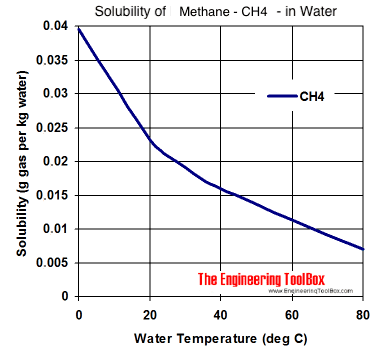ScienceRocks
Democrat all the way!
- Banned
- #1
Texas A&M: Methane Levels in Gulf of Mexico Up to 100,000 X Normal
Uncoverage.net ^ | June 24, 2010 | by Jane Jamison
Last week, scientists from a University of Georgia weighed in with their findings on methane gas in the Gulf of Mexico oil spill. Yesterday, more opinions from other experts were published. Texas A&M University has also had a team on the Gulf and also finds exceptionally high methane levels in the water. Reuters: Texas A&M University oceanography professor John Kessler, just back from a 10-day research expedition near the BP Plc oil spill in the gulf, says methane gas levels in some areas are astonishingly high.
Kesslers crew took measurements of both surface and deep water within a 5-mile (8 kilometer) radius of BPs broken wellhead.
There is an incredible amount of methane in there, Kessler told reporters in a telephone briefing.
In some areas, the crew of 12 scientists found concentrations that were 100,000 times higher than normal.
(Excerpt) Read more at uncoverage.net ...
Yay!!! This is very cool.
Uncoverage.net ^ | June 24, 2010 | by Jane Jamison
Last week, scientists from a University of Georgia weighed in with their findings on methane gas in the Gulf of Mexico oil spill. Yesterday, more opinions from other experts were published. Texas A&M University has also had a team on the Gulf and also finds exceptionally high methane levels in the water. Reuters: Texas A&M University oceanography professor John Kessler, just back from a 10-day research expedition near the BP Plc oil spill in the gulf, says methane gas levels in some areas are astonishingly high.
Kesslers crew took measurements of both surface and deep water within a 5-mile (8 kilometer) radius of BPs broken wellhead.
There is an incredible amount of methane in there, Kessler told reporters in a telephone briefing.
In some areas, the crew of 12 scientists found concentrations that were 100,000 times higher than normal.
(Excerpt) Read more at uncoverage.net ...
Yay!!! This is very cool.




